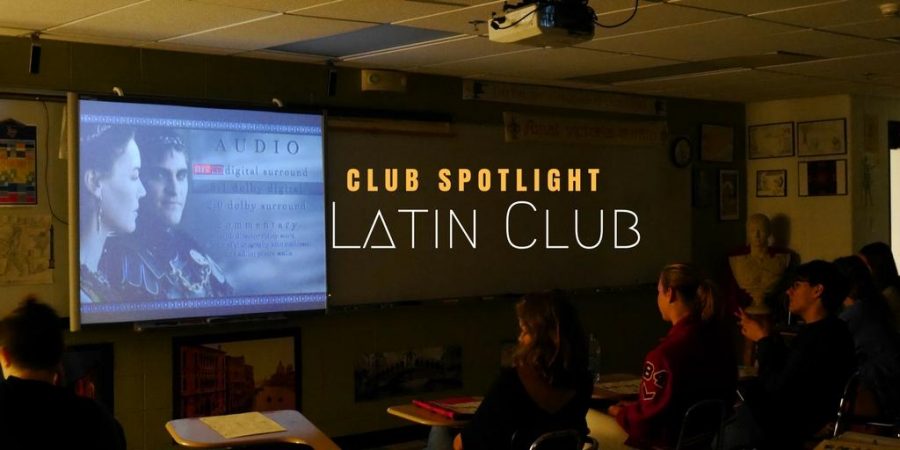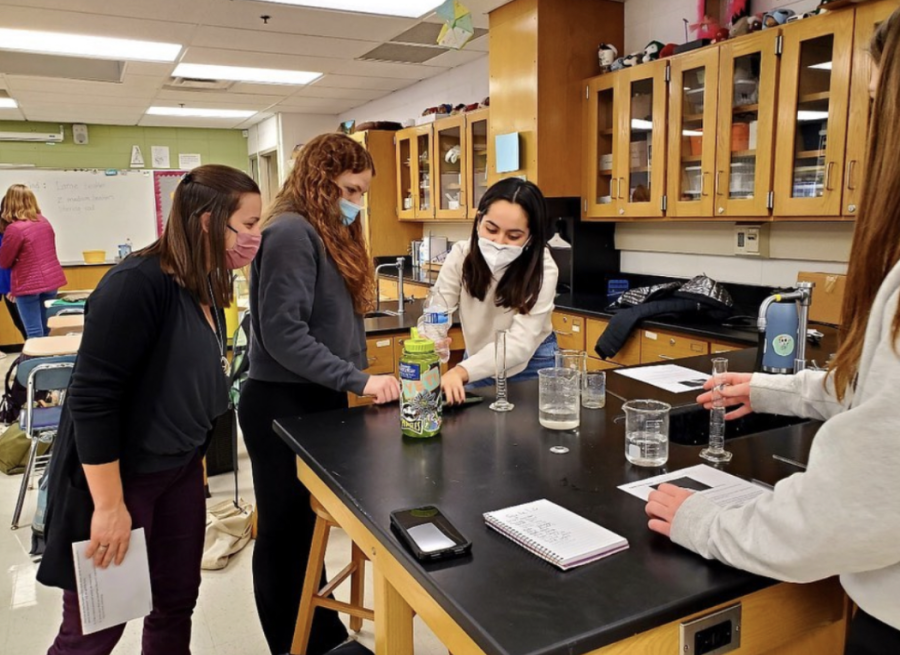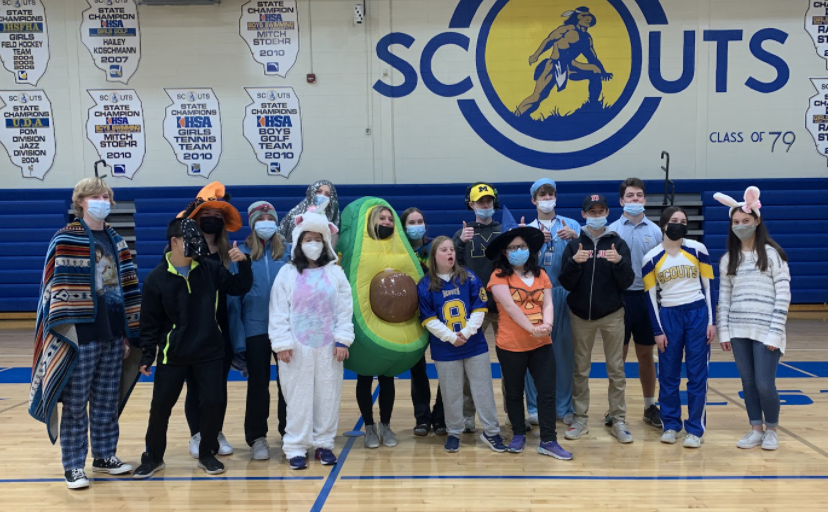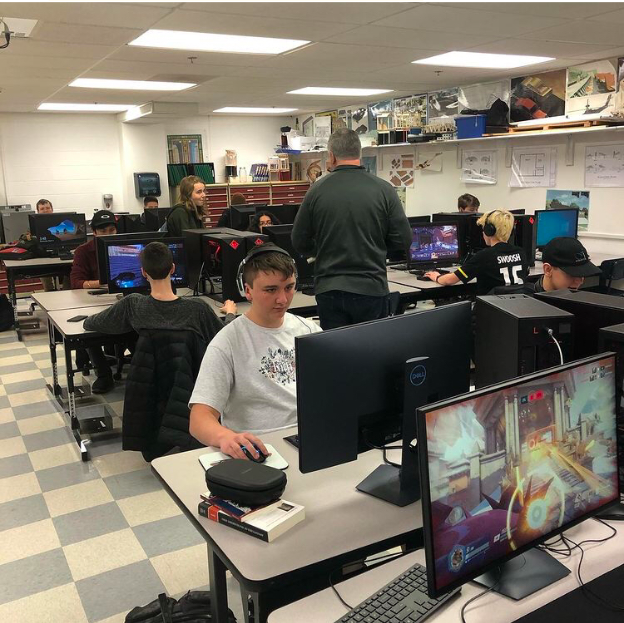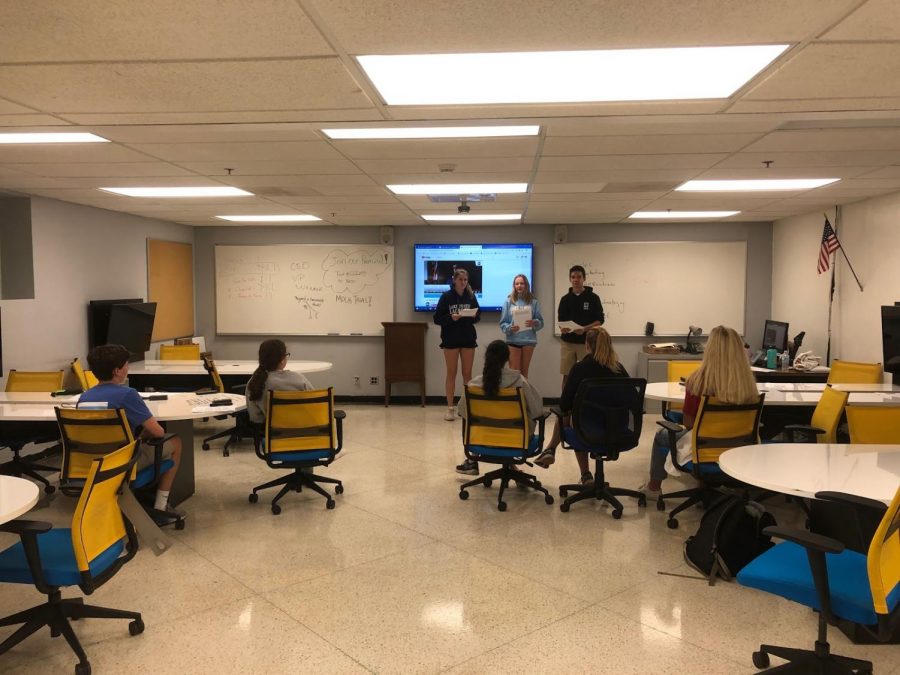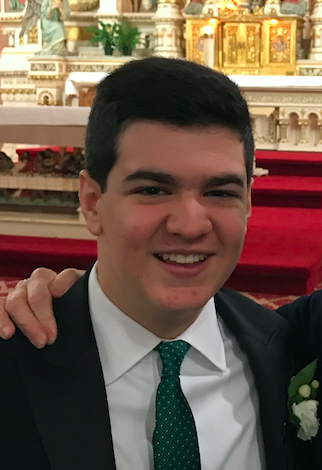At LFHS, every language has its own club, in which various events are offered for students looking to enhance their experience in that language. In today’s Club Spotlight, we’ll take a look at the Latin Club.
Many years ago, I began learning Latin at the School of St. Mary. This course was available exclusively to fourth graders and up, so it’s fair to say that everyone was excited to be considered an “older kid.” When I walked into that classroom for the first time, my expectations were very limited–I had no idea what to expect. The ancient language of Latin was truly foreign for all of us, and anyone who attended St. Mary’s will remember Mr. Head and his scholarly approach to teaching.
As the years went by, I found myself enjoying Latin more and more. By the time I reached the seventh grade, I was faced with a decision: Latin or Spanish. This choice allowed students to dive deeper into the language they were more interested in. It was a no-brainer for me, since the fascinating culture of Rome and the intricate inner-workings of the language appealed to me.
It’s true, Latin is a “dead language.” It is no longer spoken, so the class focuses on the written word as well as ancient Roman history. For me, it felt like I was reviving a language from the distant past when I uttered phrases like “Quid facit,” and it felt very much alive when put in the context of the Cornelian family and their travails.
Taking Latin here at LFHS was also an easy choice. I had heard nothing but great things about the teachers, and it seemed logical to continue my progress from grade school. Henry Carlson, a junior Latin-academic, agreed, stating, “I had a good experience with Latin in middle school and a good teacher, so I decided I wanted to keep learning it.” I began my journey with Mr. Woodruff, an extremely well-read and knowledgeable Latin scholar. A few weeks into freshman year, Mr. Woodruff told us about the Latin Club. Many of us had no idea what this was, believing that being a student of Latin was benefit enough. But the more more he explained it, the more interested we became. When we as students get excited about studying a dead language, it feels like we are almost part of a secret society, a “Dead Language Society,” if you will. Certainly for the uninitiated, the club tee-shirts might seem mysterious, with phrases such as “Habeo XCIX mala et fossa est omnis,” which means, “I have 99 problems and the ditch is all of them.” This makes even less sense in English, unless one is familiar with the aforementioned Cornelian family and their ditch.
The Latin Club members gather at movie nights, trivia sessions, Olive Garden dinners, and Saturnalias, an ancient Roman festival in honor of the god Saturn. These experiences serve not only to bring Latin students together, but also to teach them about Roman culture; each affair is related to Latin somehow.
76% of Latin 4H students consider themselves members of the club, but in such a small and friendly department, participation isn’t everything. Loyalty to the club can be demonstrated by wearing the club shirt, and many Latin students do so with pride. Carlos Minetti, an upperclassman who has taken Latin all his life, agreed, “(The Latin club tee-shirt) is a good casual shirt that made me feel like I was good at Latin.” Although simply wearing the shirt shows club membership, students surveyed expressed a desire to attend more events in the Latin Club, but cited sports, other clubs, and homework as preventing them from doing so. Those who were members of the Latin Club don’t always go to every event; of the 76% that are members, 52% actively attend events.
Junior Ethan Kurian, a member of the Latin Club who regularly attends gatherings, had something to say about the organization and the behind-the-scenes work that goes into the club, “The Latin Club is taken very seriously by its members and leaders, and basically all of its success comes from our Latin teachers.” Each event truly is planned meticulously by the teachers.
Because the Latin Department is smaller than, say, the Spanish Department, students are able to develop relationships with both the teachers and other students of different grades. The Latin Club is a natural extension of this collaboration. Junior Emily Asmussen, an avid Latin club member, said, “I have had an amazing time in Latin club… it really brings the Latin people together.”
Bringing people together is the core principle behind clubs, and in the Latin club it really shows.

